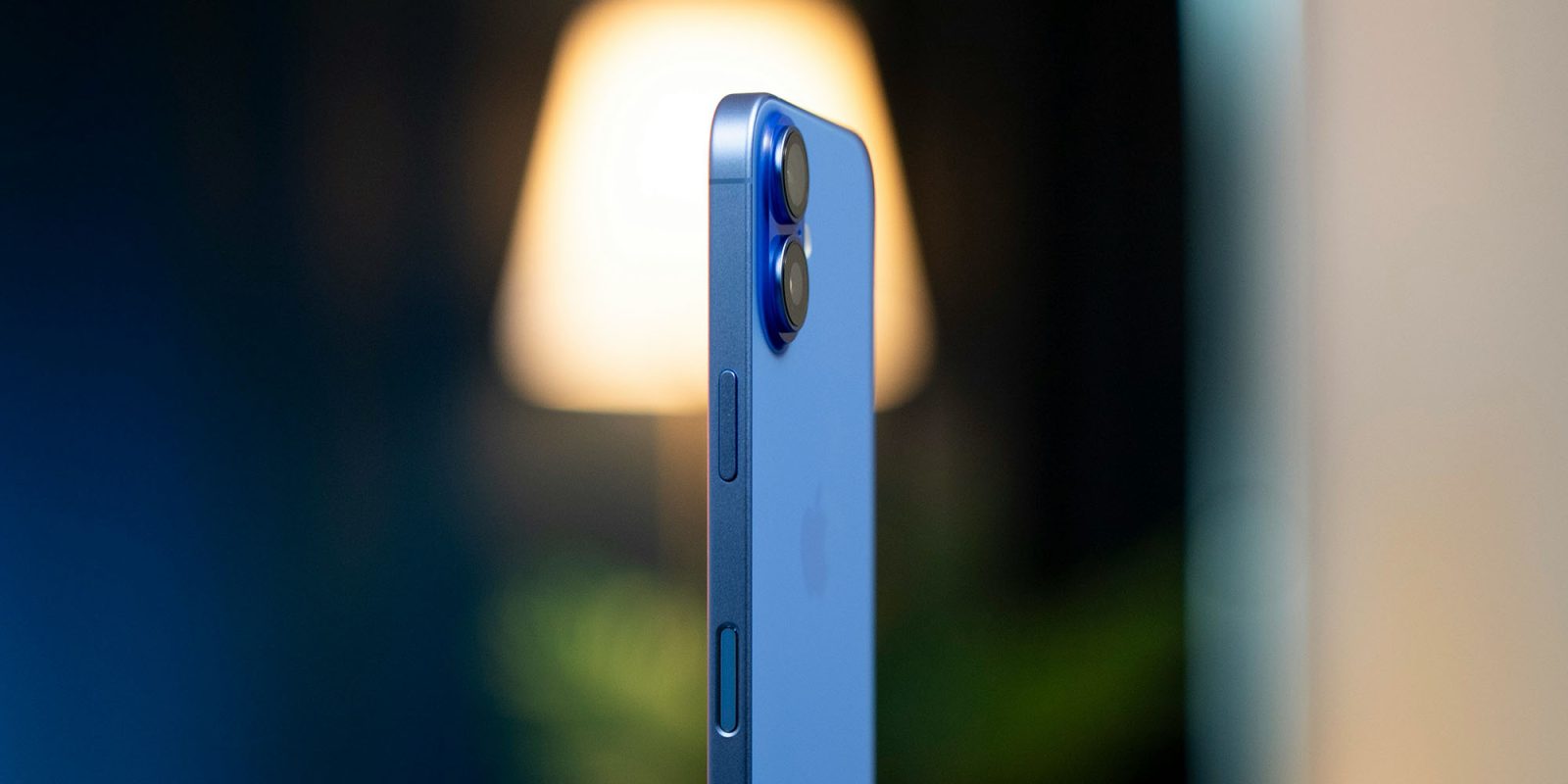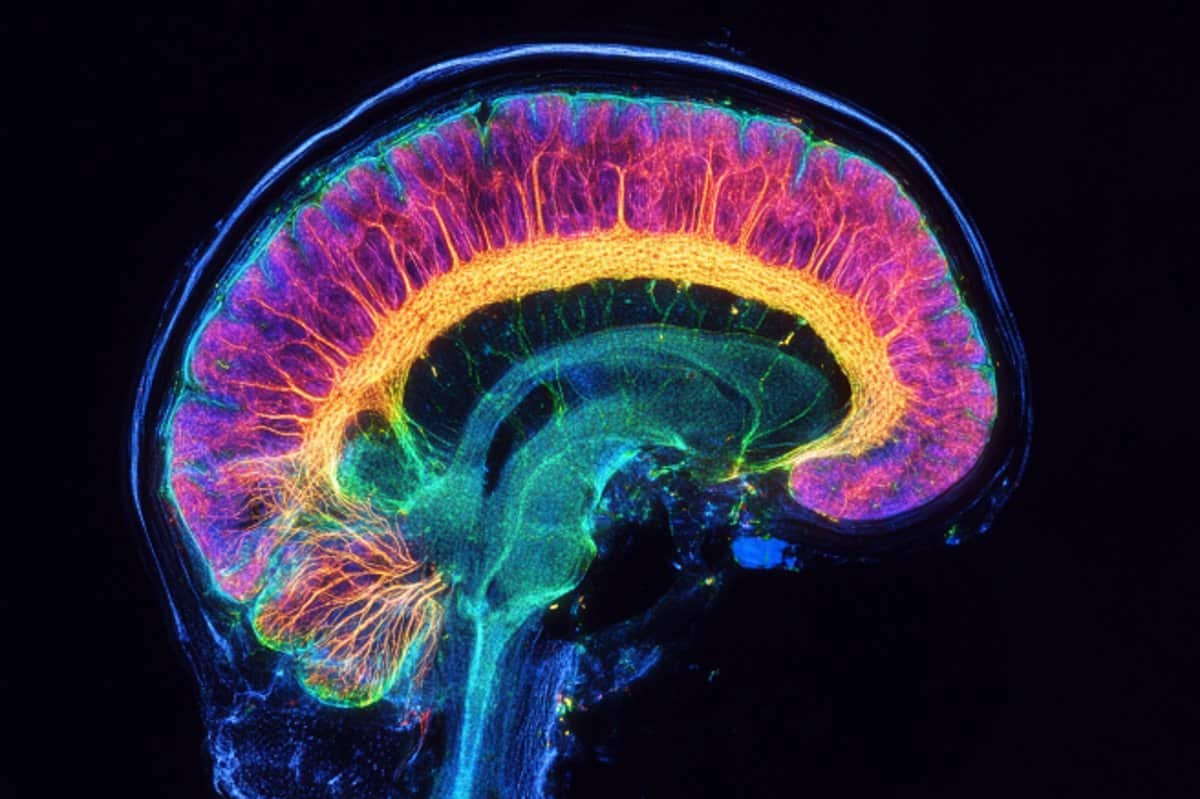The University of Sussex and the Hanley Color Lab at George Mason University have developed a new camera system that can capture and process videos under natural lighting conditions, translating the data into perceptual units that replicate animal vision. This cutting-edge technology marks a significant advancement in understanding the color perceptions of various animals, which has long been a mystery due to their unique visual worlds.
The camera records in four color channels: blue, green, red, and UV, and translates this data into perceptual units based on known photoreceptor data. Compared to traditional spectrophotometry methods, the new system boasts over 92% accuracy in predicting perceived animal colors.
This innovation opens unprecedented avenues for scientific research and filmmaking, allowing for accurate and engaging representations of animal vision. The open-source software and commercially available components make the system practical and accessible for the research community.
The camera system not only signifies a technological breakthrough but also marks a new chapter in our understanding of the animal kingdom, bringing us closer to experiencing the world through their eyes. Animals perceive colors beyond human capabilities, such as ultraviolet light, and their color vision is crucial for their survival and interaction with their environment.
With advancements in technology, humans are beginning to understand and even visualize how animals see the world, deepening our appreciation of nature’s complexity and opening new avenues in ecology, behavior studies, and technology design inspired by nature’s ingenuity.














